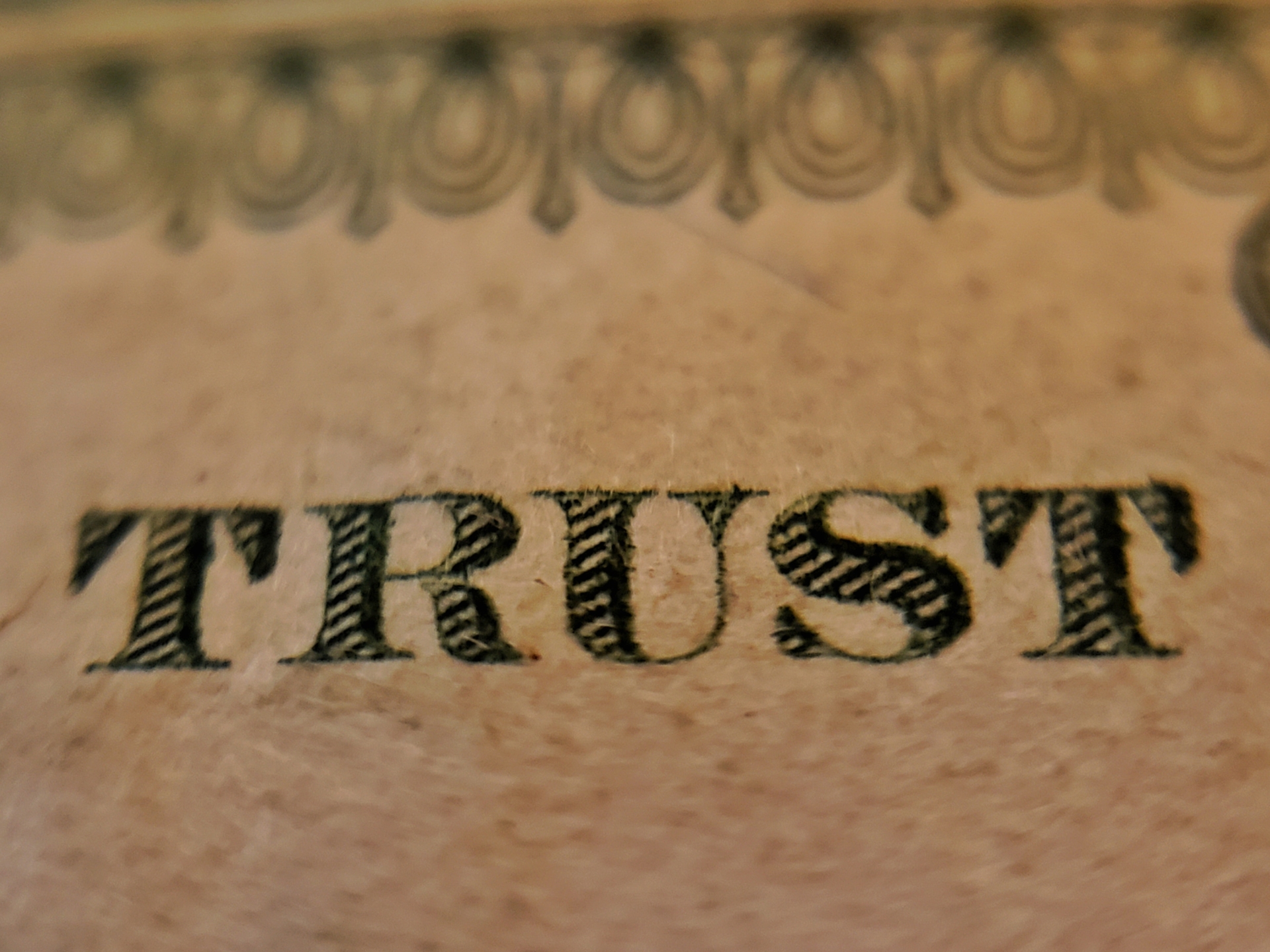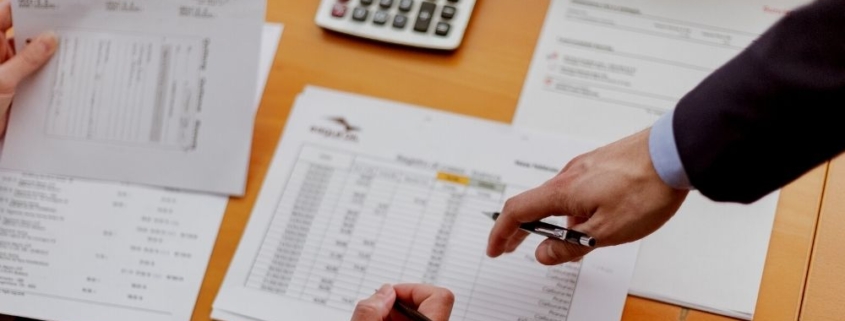What happens to your tax when you expand overseas?
Tax When You Expand Overseas
There are two things you need to look out for around tax when you expand overseas. And these are GST and income tax.
GST
When you sell things overseas, these sales are usually GST-free in Australia.
However, the other country might charge GST on your products. And they charge this GST in one of three ways:
1 – If you sell via a platform like Shopify or Amazon, the platform will charge the overseas GST.
2 – If your product exceeds a certain value, the other country will hold your shipment until your customer pays the overseas GST.
3 – And if total sales in that country exceed a certain threshold, your Australian or overseas company – depending on who makes the sales – is required to register for GST, charge overseas GST and lodge overseas GST returns.
So that’s GST in a nutshell. Of course, the devil is in the detail, but this is roughly how it works in most countries.
Income Tax
In Australia you are taxed on your worldwide income, assuming you are a tax resident of Australia.
But to what extent any overseas profit is taxed in Australia or overseas, depends on what you are doing overseas. So you face one of four scenarios.
1 – You have no presence in the other country – no staff, no stock, no office, no warehouse, no company or other entity, nothing. And so you pay no income tax over there. Everything is taxed in Australia.
2 – You have an entity over there that will pay that country’s tax just like anybody else. When you now distribute these profits back to your Australian entity, there is no further tax. So your business only pays tax once on these profits.
3 – You have no entity over there but a presence – be it staff, inventory, wharehouse, office or something else. And so you have a so-called permanent establishment. And this permanent establishment lodges tax returns and pays tax over there just like a real entity. Any profits sent back to Australia come with a credit for any tax paid overseas, so your business only pays tax once.
4 – You have an entity over there but are able to argue that this entity is an Australian tax resident and has no permanent establishment in the other country. It used to be that you only need central management and control in Australia for this to work. But now you also need your core operations in Australia. And that makes scenario 4 beyond the point now and infeasible.
Double Taxation
Why would you even be interested in scenario 4 if it was still feasible? Because scenario 2 and 3 have one big drawback if you operate through an Australian company – double taxation.
When you distribute the overseas profits to you as the sole shareholder, there is no franking credit attached to the extent the Australian company didn’t pay Australian income tax.
The foreign income tax paid doesn’t give you franking credits. And so you pay tax again on the overseas profit at your marginal tax rates. If …..
Ways To Avoid Double Taxation
If there is an overseas profit. And if you actually distribute those overseas profits to the individual shareholder.
The Australian entity can on-charge any expenses it incurred for the overseas entity (plus margin) in form of management fees. That might already reduce the overseas profit to nil or at least significantly reduce it. But make sure you can justify these charges. The overseas tax collection agency might look at your transfer pricing.
And you don’t have to distribute the overseas profits anyway. If you want to keep some profits in the Australian entity to fund further expansion, you keep the overseas profits and pay the Australian profits out and hence no double taxation either.
Permanent Establishment
Whether you have a permanent establishment (‘PE’) in the other country is not always easy to tell. There is a lot of grey. But here are a few clear indicators.
Using a 3PL service doesn’t create a PE, but using your own warehouse does.
Having independent contractors doesn’t create a PE, but having dependent contractors or staff does.
Using a shared office from time to time while you travel doesn’t create a PE, but having a permanent office does.
The rest depends on the double tax agreement between Australia and the other country and a few other things.
Summary
So when you want to expand overseas, look at GST and income tax. And give me a call if you get stuck.
MORE
Jobkeeper 2.1
How to Book a Company Car in Xero
Paying Employee Accommodation
Disclaimer: numba does not provide specific financial or tax advice in this article. All information on this website is of a general nature only. It might no longer be up to date or correct. You should contact us directly or seek other accredited tax advice when considering whether the information is suitable to your circumstances.
Liability limited by a scheme approved under Professional Standards Legislation.
 Joshua Hoehne
Joshua Hoehne





